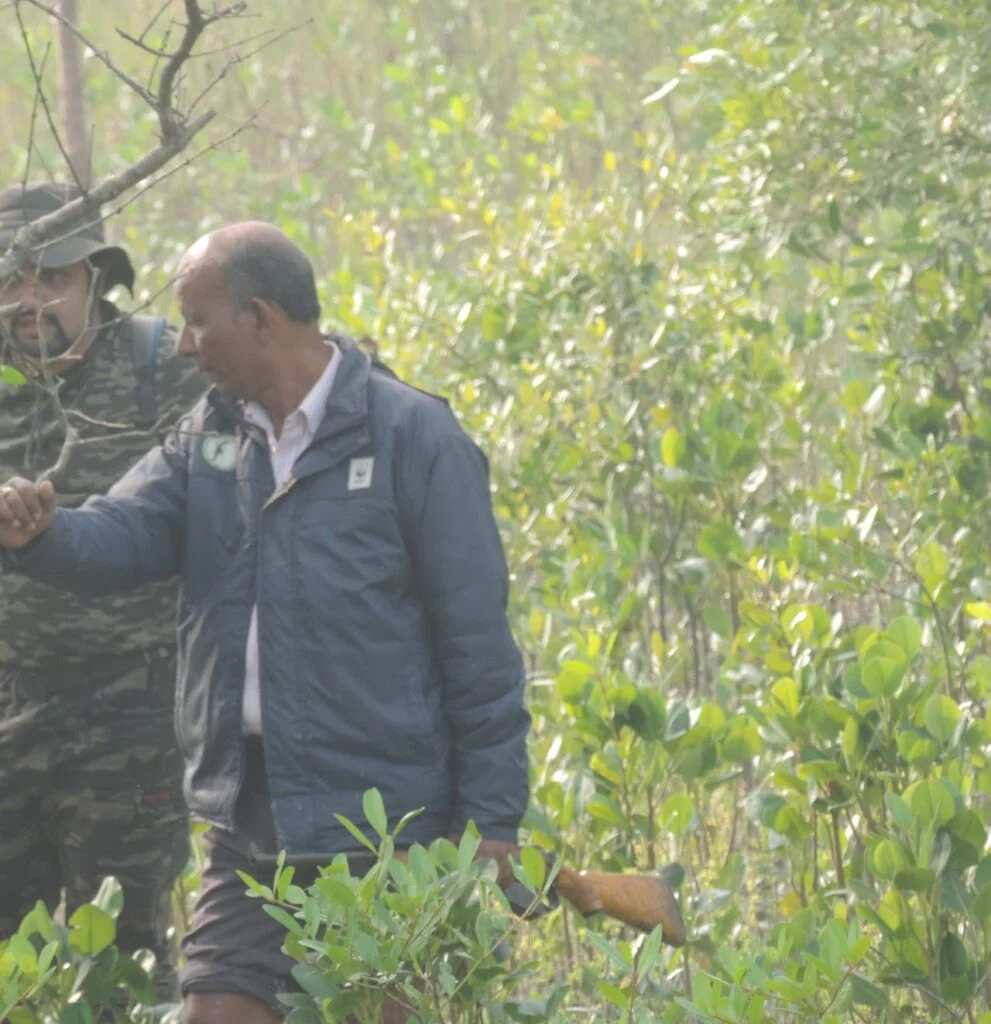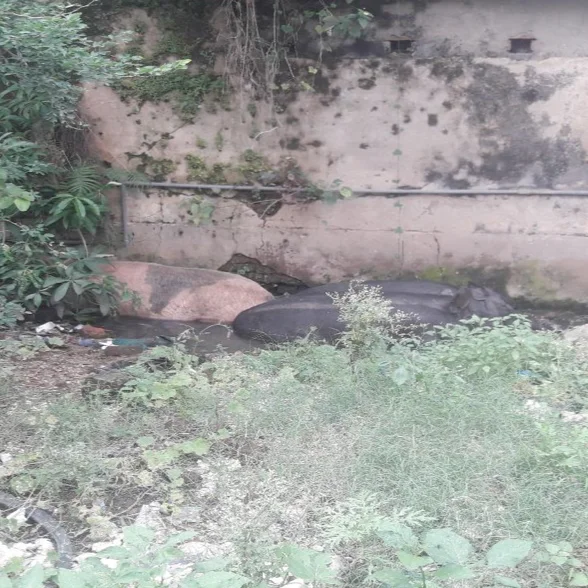Environmental Genomics and Computational Biology
Mission
Sneak Peak Into The Focus Areas


Sundarban Metagenomics
Gut Microbiome and Tribal Nutrigenomics


Genomics Guided Drug Screening
The wastewater resistome refers to the collection of antibiotic resistance genes (ARGs) present in wastewater environments. These environments, often polluted with antibiotics and other pharmaceuticals, serve as breeding grounds for resistant bacteria.
ARGs can be transferred among bacterial populations through horizontal gene transfer, exacerbating the spread of antibiotic resistance. Monitoring and mitigating the wastewater resistome is crucial to combat the global threat of antibiotic resistance, as it poses significant risks to public health by potentially reintroducing resistant bacteria into natural water systems and human communities. Our lab is mapping the spread of the resistome using a source – sink hypothesis and has already identified and sequenced the genomes of multidrug resistant strains of Shigella, E.coli and Stenotrophomonas sp. Apart from that we have started to explore therapeutic avenues against these bacteria by isolating drug like leads from herbal extracts.
COPD Microbiome

